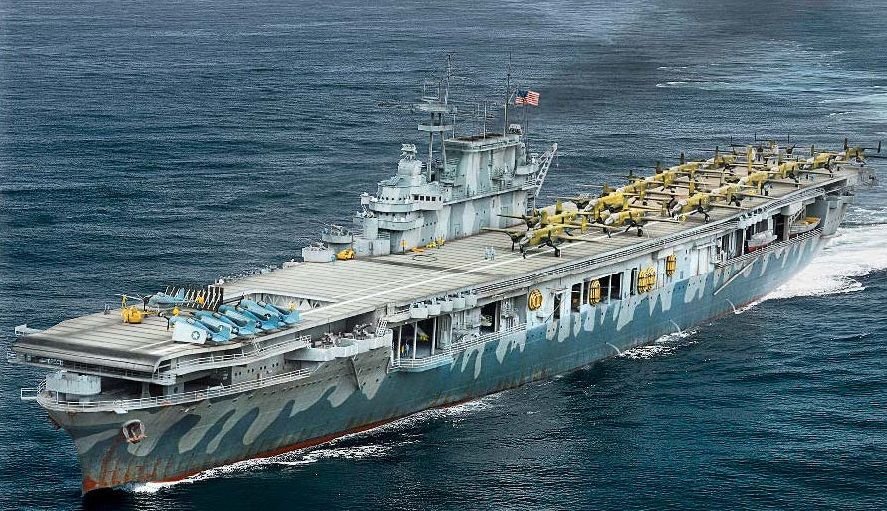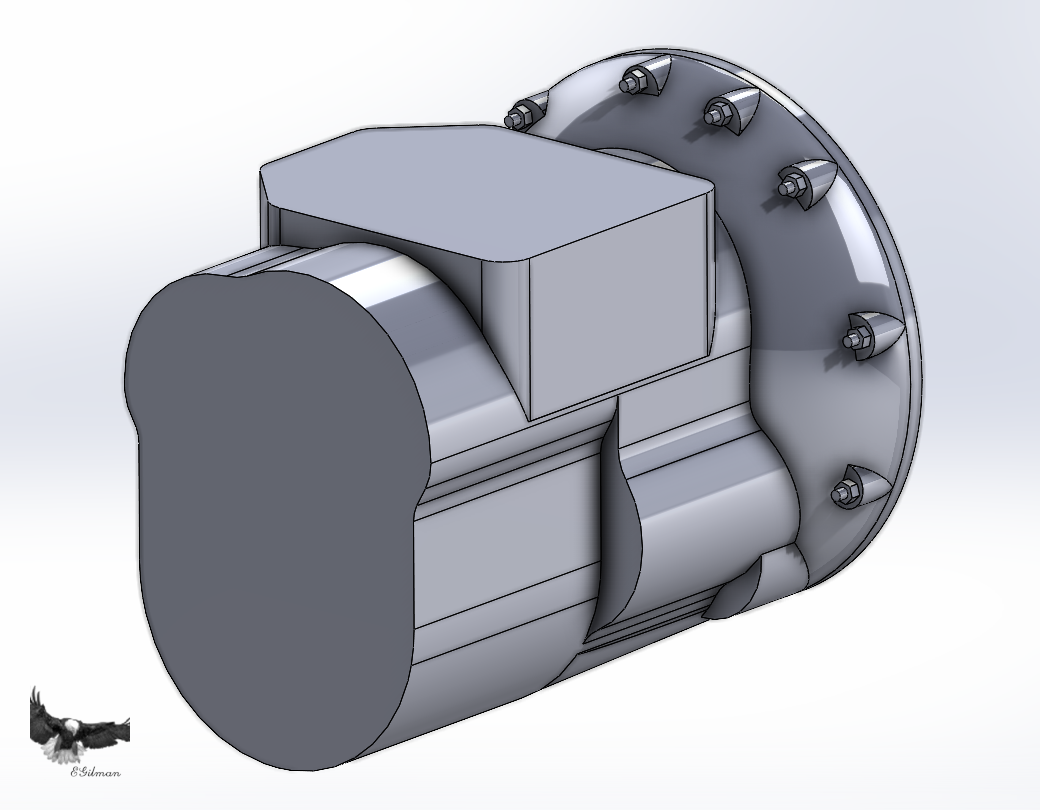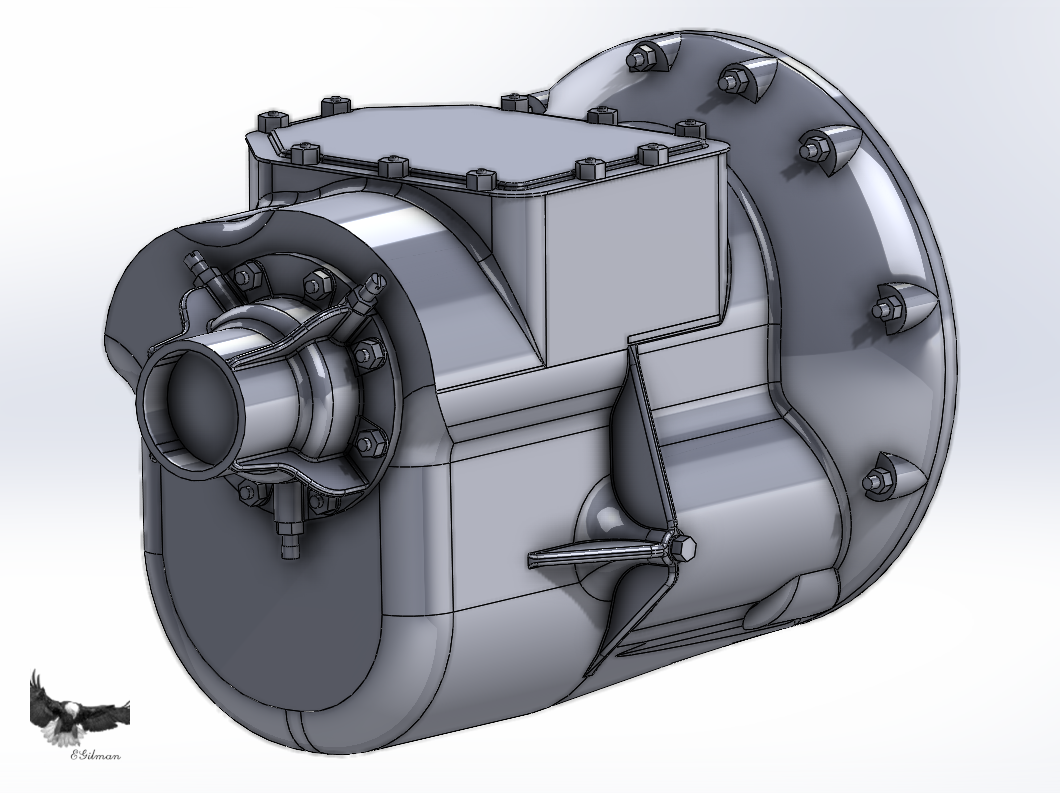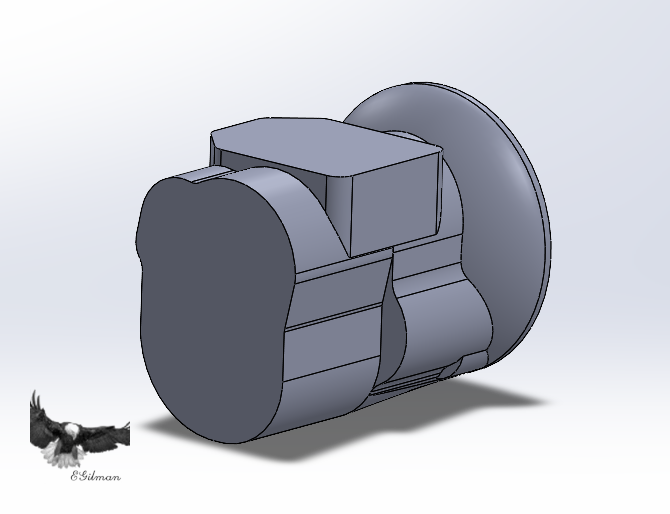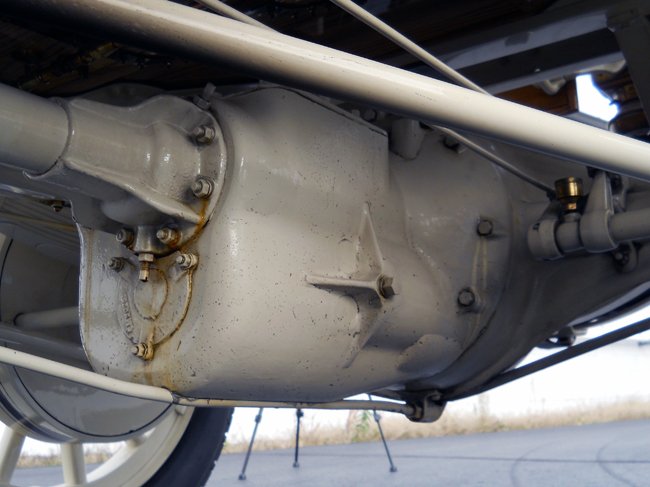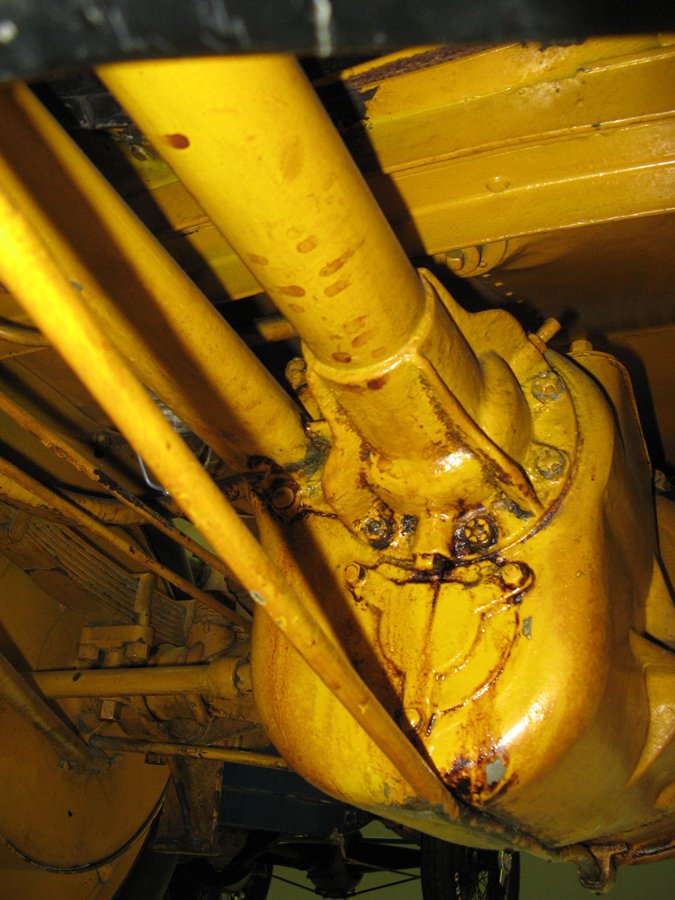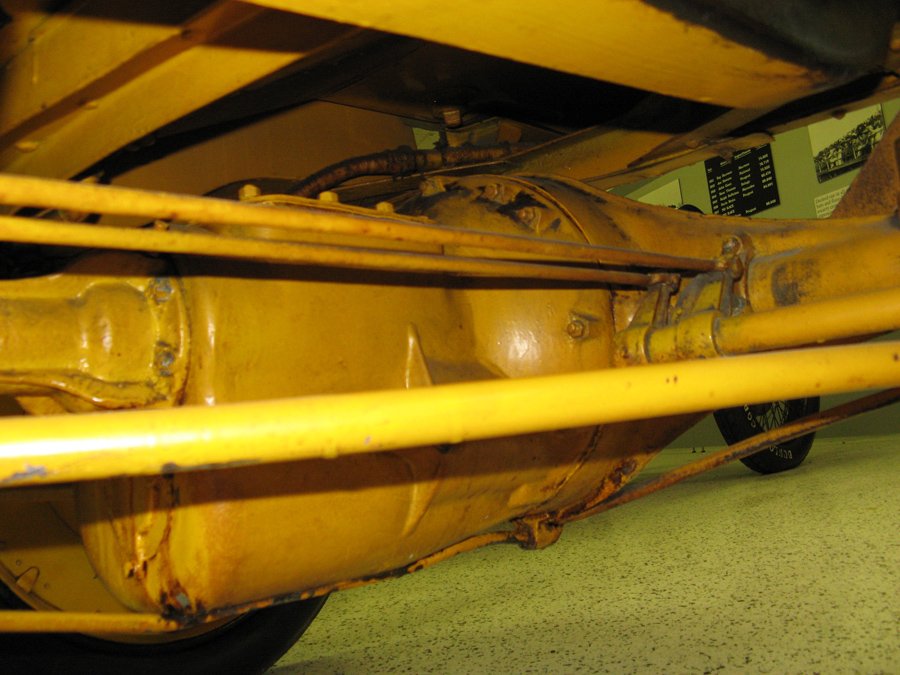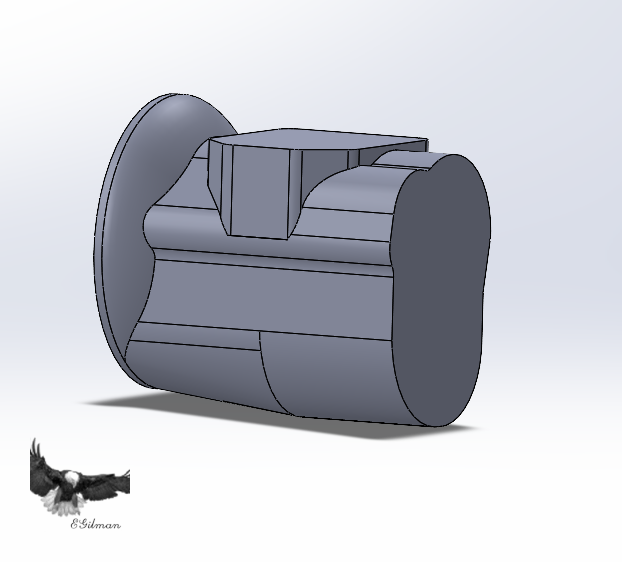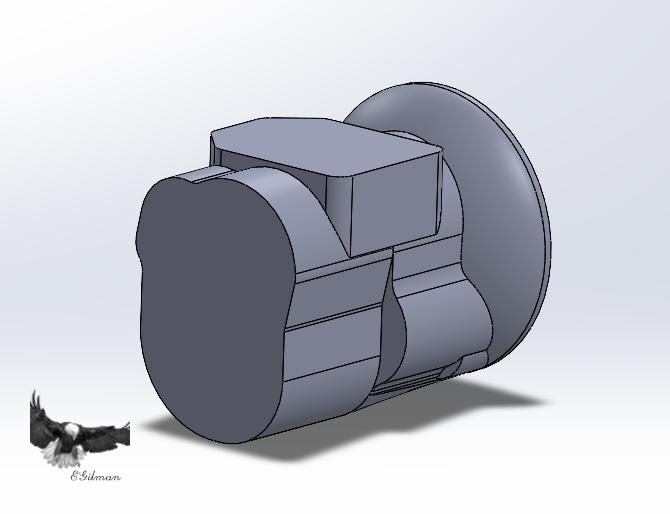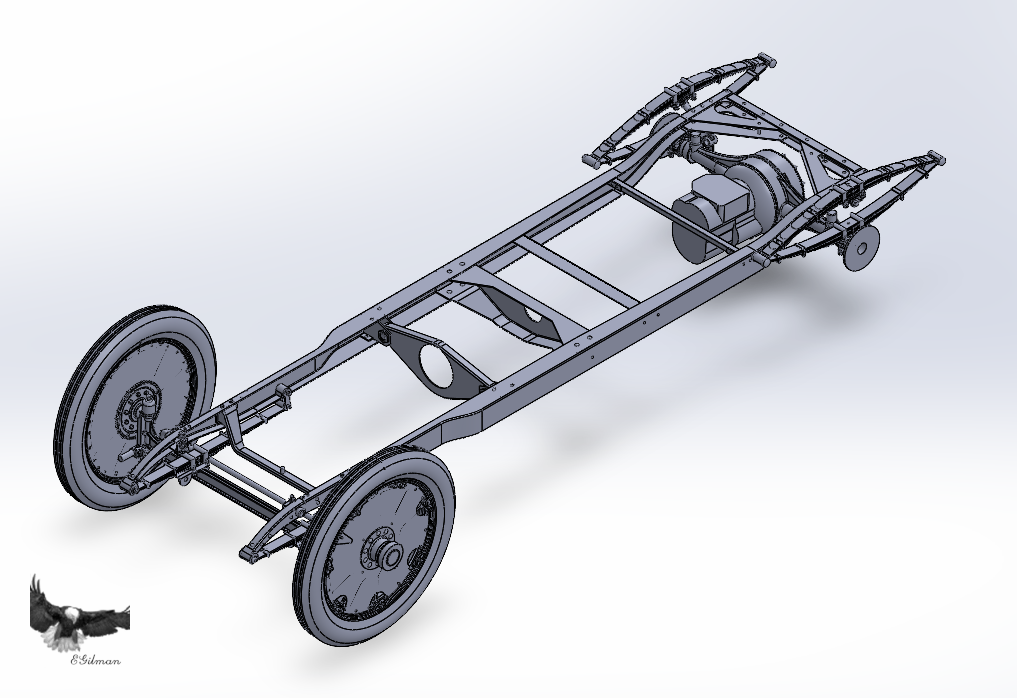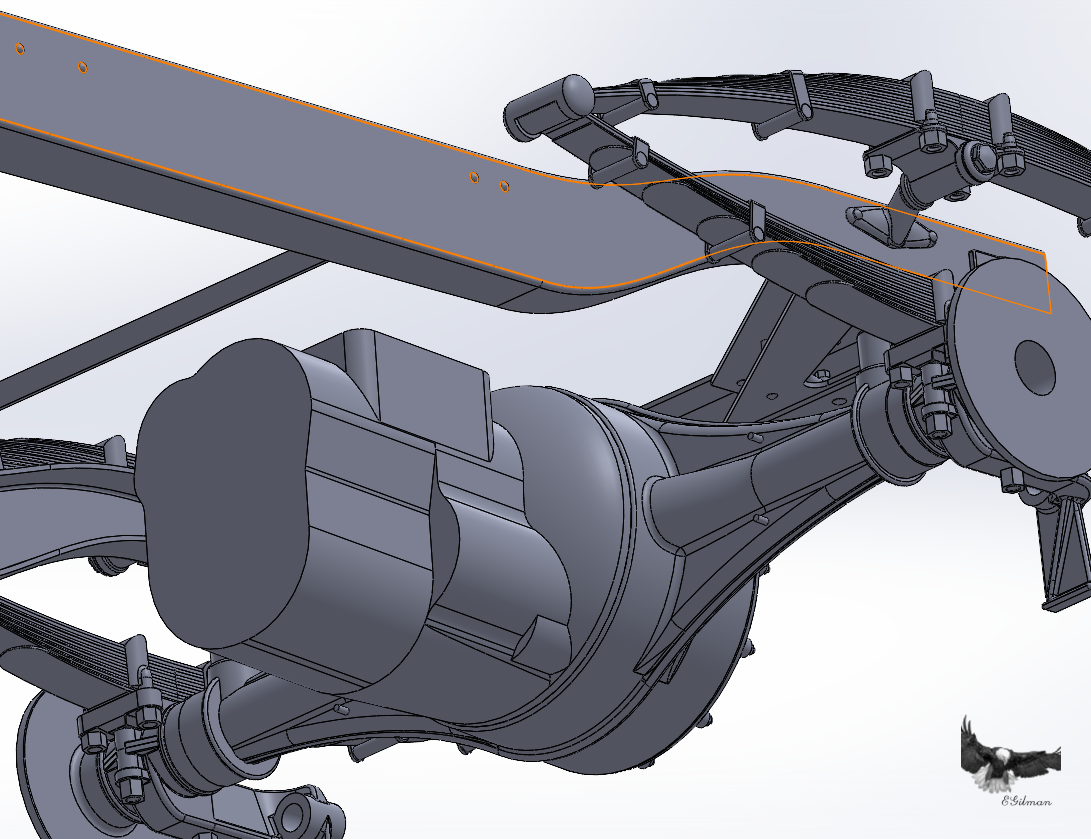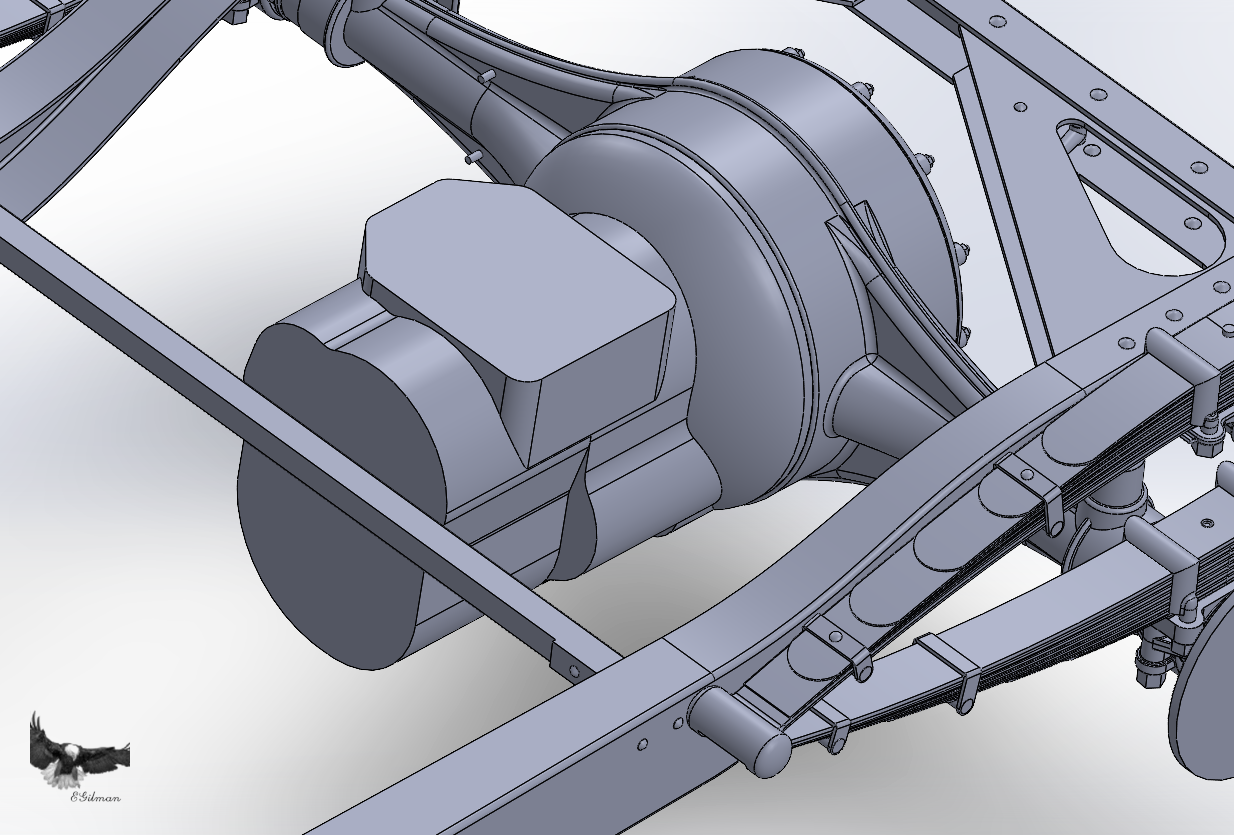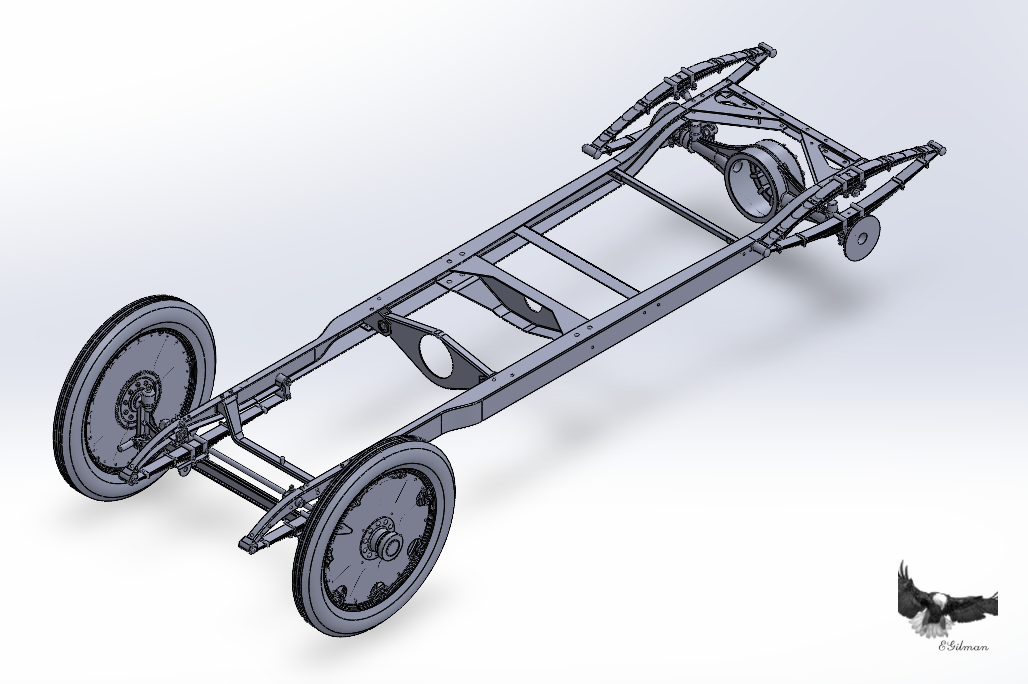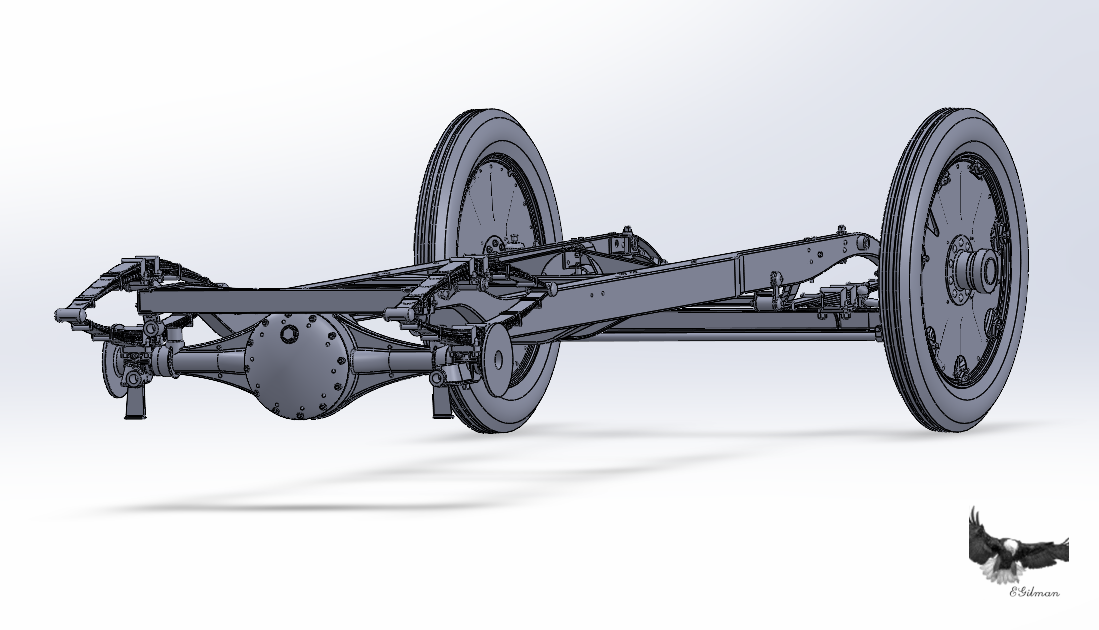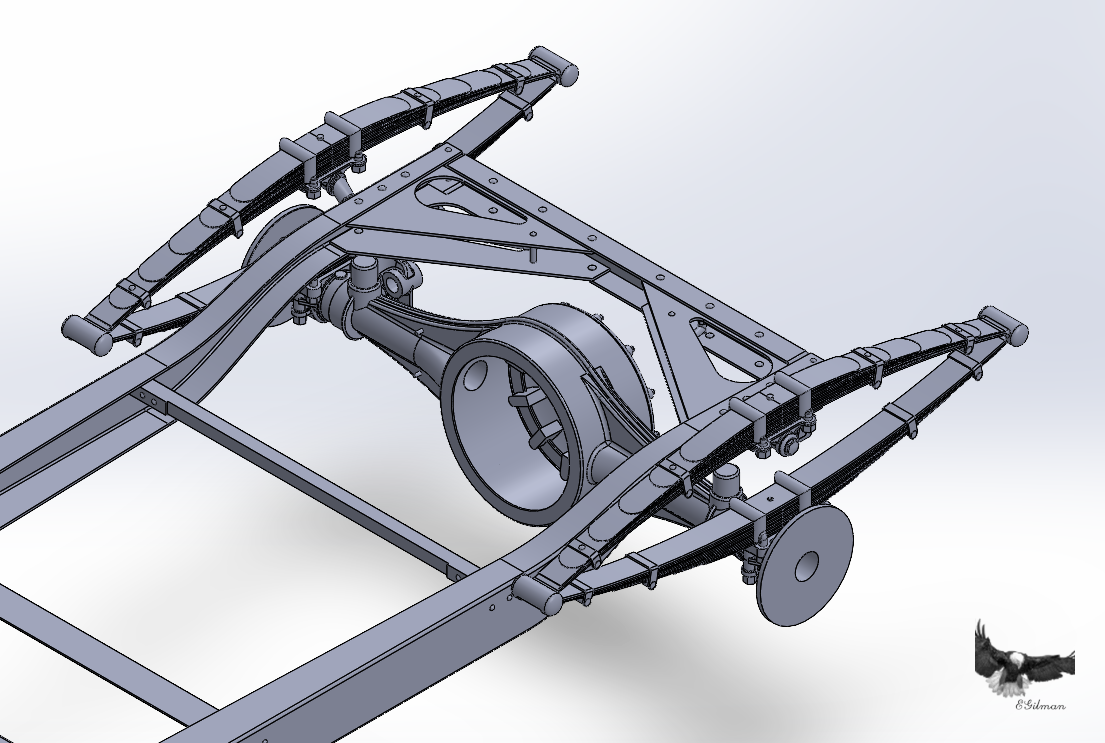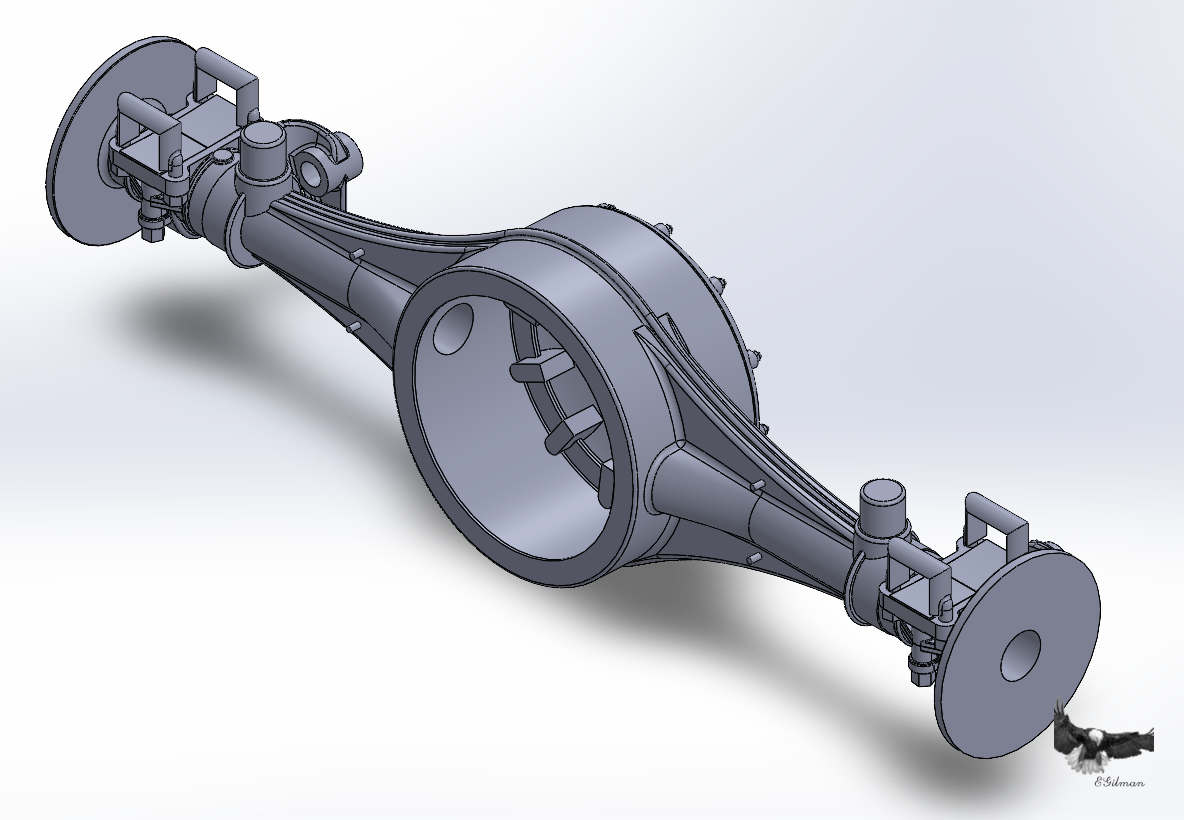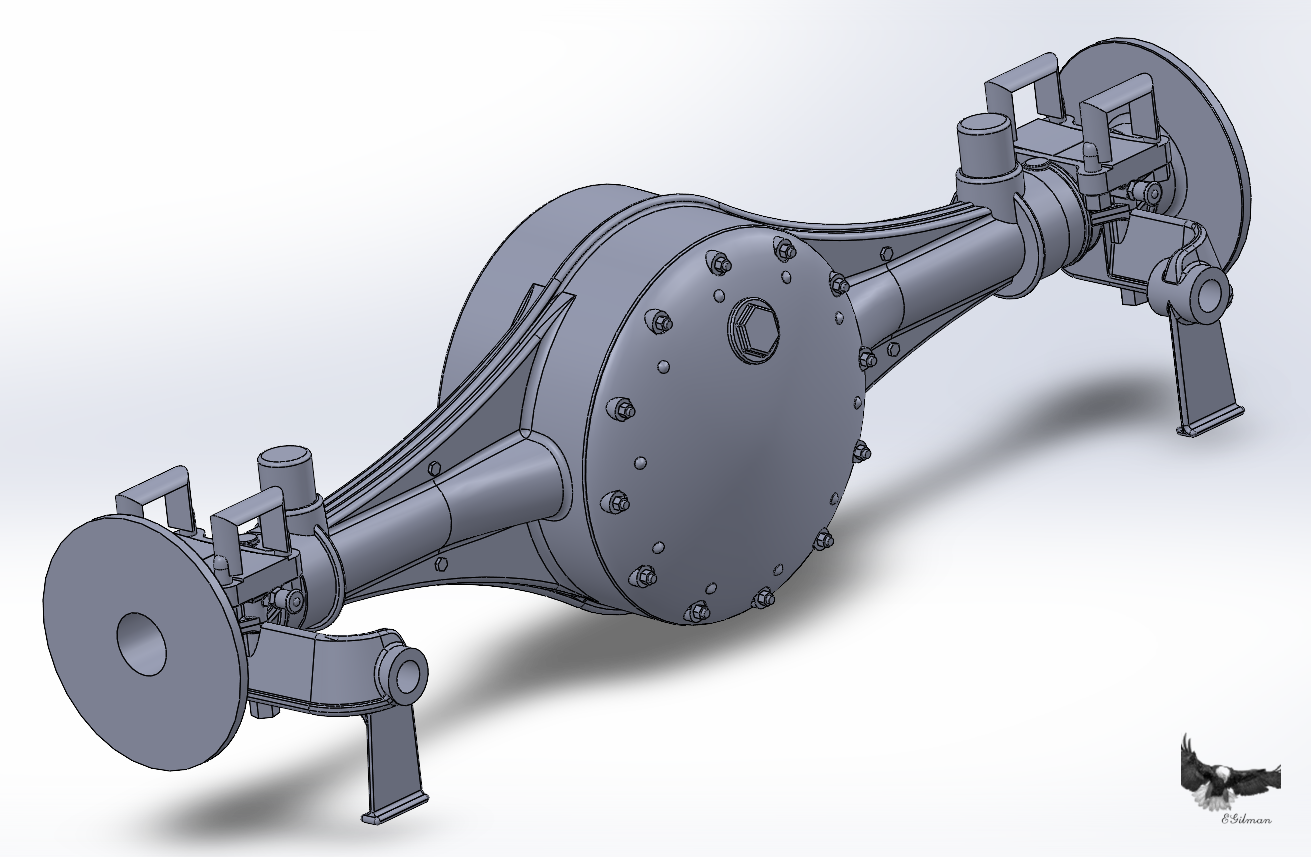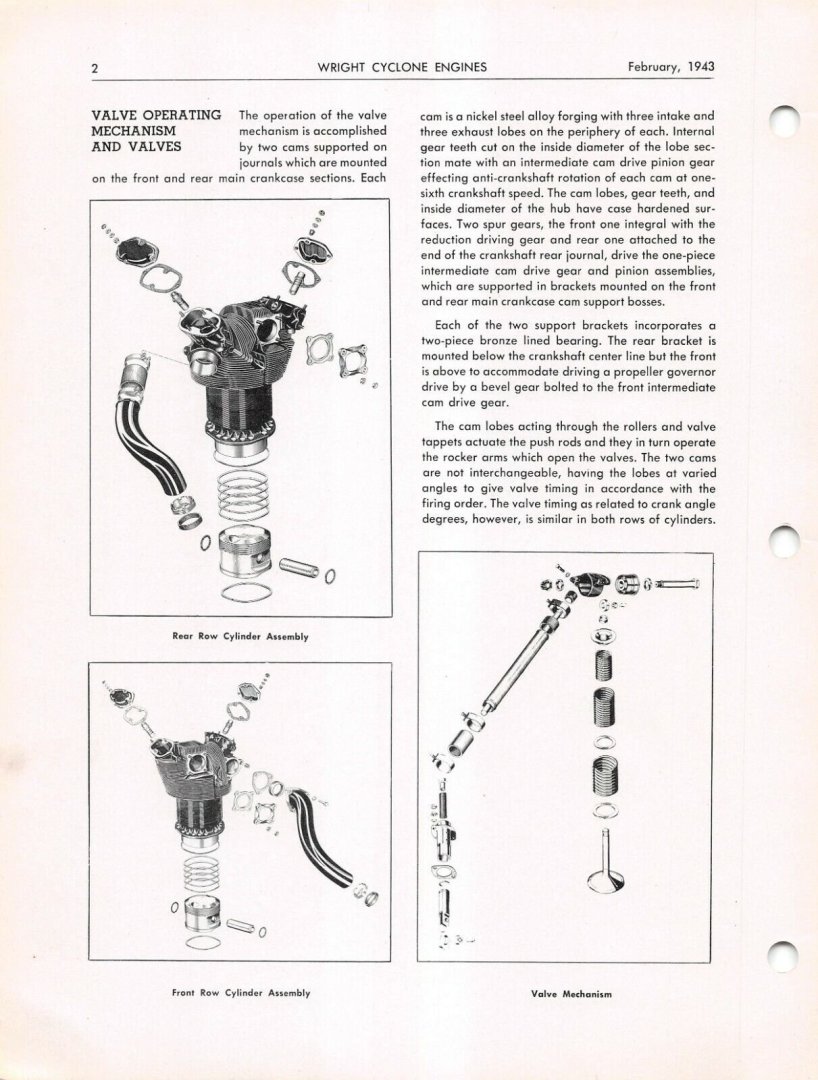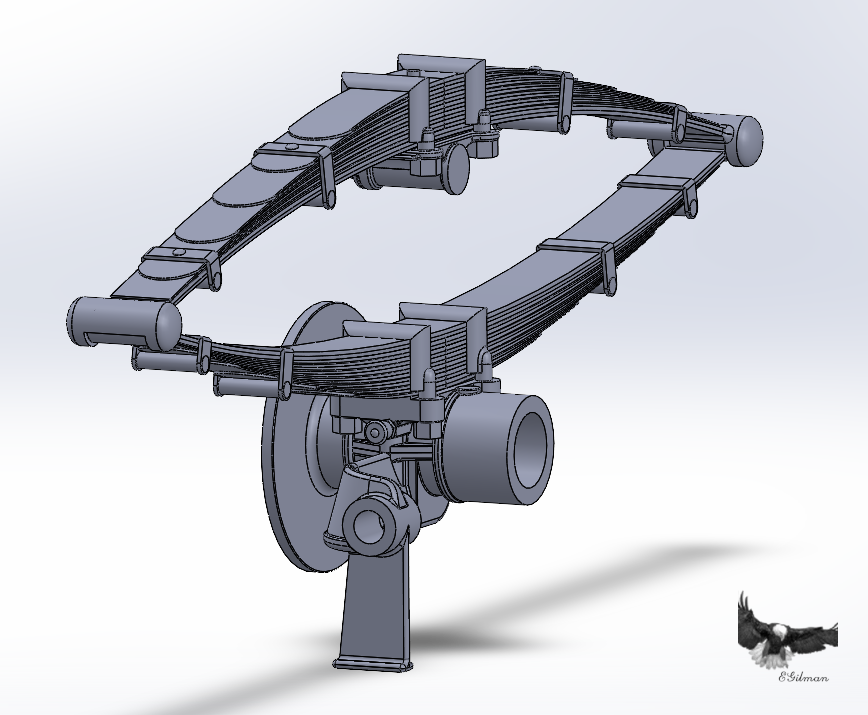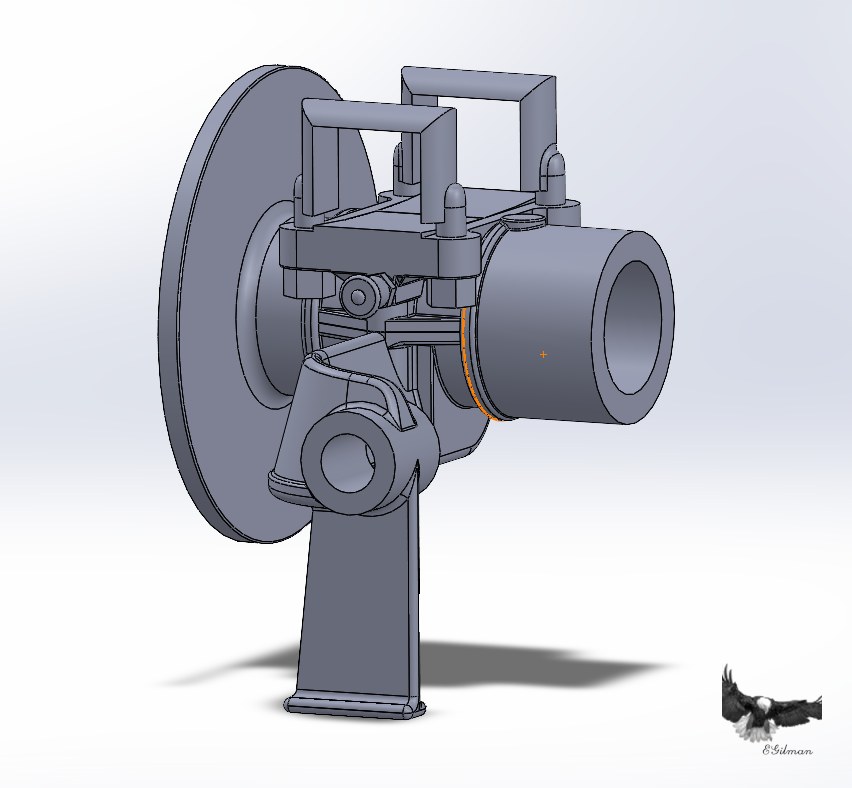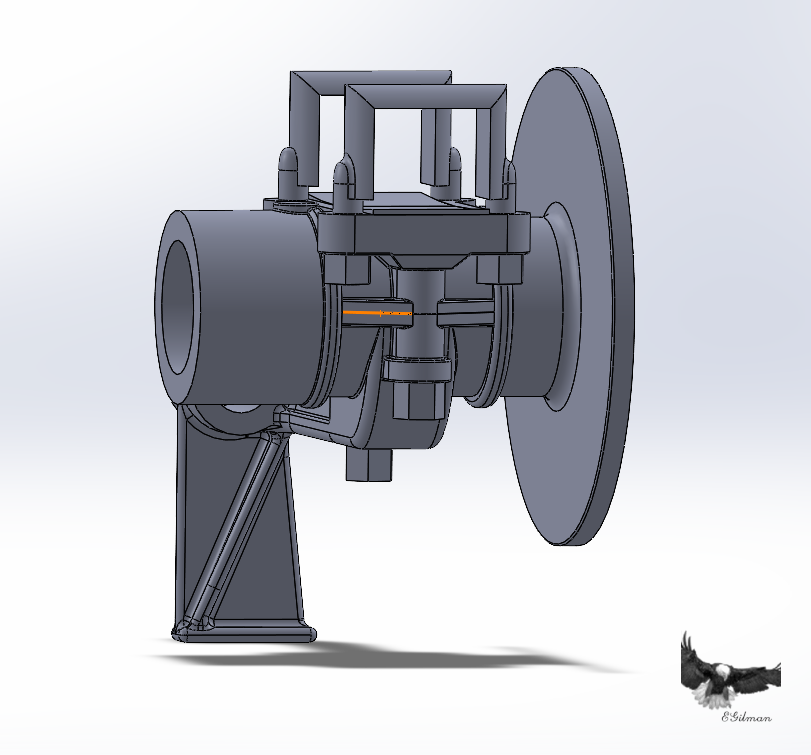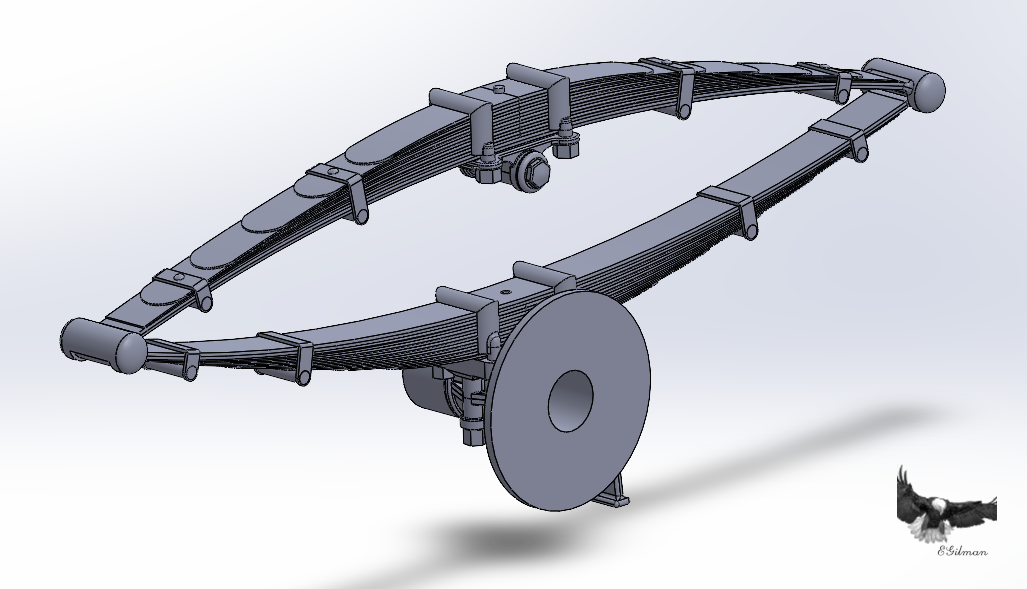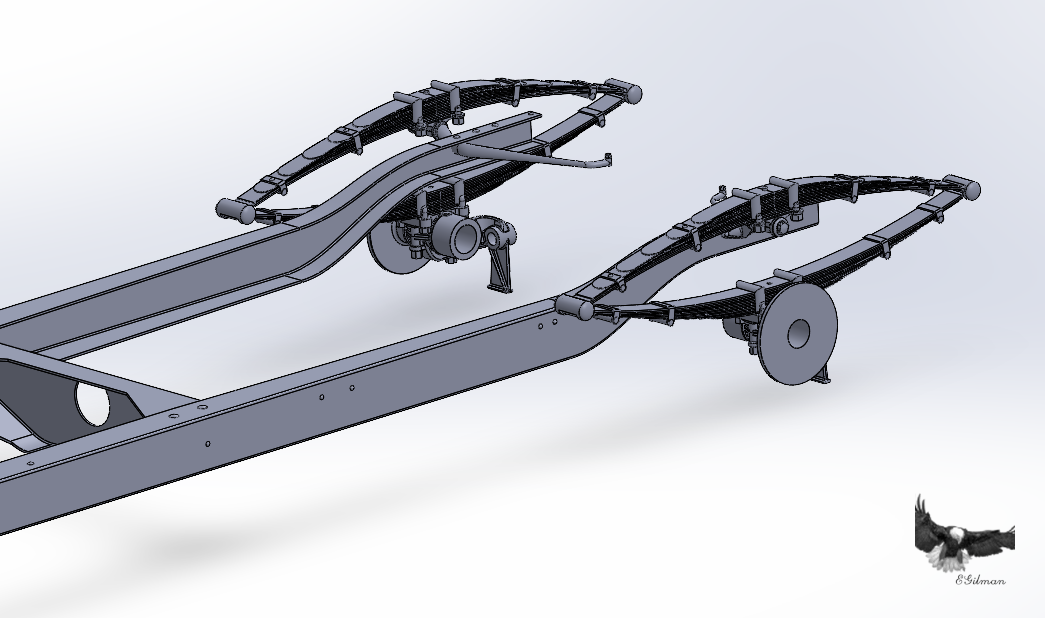-
Posts
4,379 -
Joined
-
Last visited
Content Type
Profiles
Forums
Gallery
Events
Everything posted by Egilman
-
Oh I completely understand my Friend.... May I make a suggestion..... Do some materials pre-work/ pre-prep,... Standard poster board is about the thickness of the cardboard on the bottom of many notepads.... About 20-30 thousandths thick... A standard copy paper sheet is 4-5 thou thick... Laminate 6-7 sheets together into one sheet... You could even stagger the sheets to give you a thin starting and ending edge... This way you get the benefits of a thicker stronger foundation medium and a thin edge for finishing... The laminations would be lay a sheet down on a non stick surface (plastic sheet) and spray it wet with your diluted glue, lay the next sheet and do the same continuing with the inside sheets to the thickness you want, then the final sheet you lay over the freshly wetted last inner sheet and allow the glue to soak into it from underneath... Then allow to dry.... It will be a little stiffer than normal poster board from the laminating process but should duplicate the medium quite well.... But before you commit to this test it out with a one sheet set to find out how it works best for you if you go this way.... I think it will be a lot easier in the long run, yes a bit more time in preparation, but less chance for issues when you get to applying it on the model...
-
Should work brother, but it's going to be heavy... I would recommend poster board for the contours, it's thicker and much lighter, and you can put holes in it under the uppermost layers to keep the weight down, then use your typing weight sheets with waters down PVA to give the final layer before doing the grass sheet.... One thing it does do is give you a good surface to mount figures and trees and the like to....
-
Yep, Copperhead BB's .177 cal. (4.5mm) Steel covered in Copper.... Cheap and very effective... I bought a bottle of 1500 4 years ago for under $10.00 and still have over half of them... Mfg. by Crossman of Air rifle fame for a goodly number of decades.... You can get them pretty much anywhere, Wally World is where I get mine... Or you can buy the Stainless ones, for three times the price for only a few hundred from the model paint manufacturers... In this particular case cheaper is better.... {chuckle} But seriously, if you have a large collection of seldom used paints that tend to settle out in the bottle a paint shaker is a fantastic way to revive them, especially if you have a few copperheads in the bottle, there are several do it yourself shakers online and several cheaply made ones from the model supply companies... But liquid shakers are old old tech, they have been using them in the drug manufacturing industry for over 5 decades, those are the ones to get, built to last... Yes they are pricy, but they seldom fail or break... You will probably never need to get a second one....
-
Ouch!!!! Which part is the malfunctioning one? the Hood or the Distributor? I know HEI distributors set a bit high when mounted..... but even with the carb top flange is a bit much.... Is there a shave in the offing? A bit off the hood and a bit off the distributor? Or is it a bit too much to take off.....
-

Keeping my head in the game.....
Egilman replied to Egilman's topic in 3D-Printing and Laser-Cutting.
Thank you Mike... It's appreciated.... Well another minor setback, my initial design doesn't work, everything that needs to be there won't fit.... and it's basic fitment, the detail HAS to be there and reworking the current design just didn't cut it, it was becoming even more convoluted a mess trying to fix the original so I decided to start fresh, take the best parts of the original and adjust to what needs to be as I go.... this is where I stopped adding detail and re-evaluated... The Real deal... That is from a 1911 Marmon Speedster The one below is the Marmon Wasp.... What was before.... And what is now with the added changes.... Yep the differences are subtle, but they make all the difference when fitting details where they need to be... And, like almost always, it is close to the finish when this issue pops up... But such is the life of a design draughtsman.... RE-starting the detail design part now.... {chuckle} Onwards Brothers, onwards.... -

B-25J Mitchell by Chadwijm6 - HK Models - 1/32
Egilman replied to chadwijm6's topic in Non-ship/categorised builds
I think I understand what is going on with their UK shipping, he's trying to set up/find a UK dealer to handle his products.... Shipping directly to the UK would make such an arrangement less attractive... Backwards thinking if you ask me.... His stuff looks great though.... and it's the first time I have ever heard of someone refusing to ship to the UK because of Brexit.... That makes no sense at all... -

B-25J Mitchell by Chadwijm6 - HK Models - 1/32
Egilman replied to chadwijm6's topic in Non-ship/categorised builds
Wow, Guy sells internationally on e-Bay yet doesn't ship to the UK? https://www.ebay.com/str/resin2detail?_trksid=p4429486.m3561.l161211 Something strange going on brother if that's the case... -

B-25J Mitchell by Chadwijm6 - HK Models - 1/32
Egilman replied to chadwijm6's topic in Non-ship/categorised builds
The R2D looks very nice, and it's 3D printed, perfect for your display piece as all that detail will be covered up in the nacelles.... If I was going to do this now it's the one I would be buying... (and your corsair would benefit from that R-2800 he's showing as well) -

B-25J Mitchell by Chadwijm6 - HK Models - 1/32
Egilman replied to chadwijm6's topic in Non-ship/categorised builds
He lost me when he started talking about 7 intakes and 7 exhausts... He doesn't even understand what he is building... The little kit has 14 intakes that he was showing you.... That's a good kit it just takes a bit of work... I will say that there are better kits out there... I would pass... -

Keeping my head in the game.....
Egilman replied to Egilman's topic in 3D-Printing and Laser-Cutting.
Latest Update: Blocking out the Transmission.... Left side... Right side... In the frame mounted to the Differential case... Left side upper and lower angles.... Now I'm ready to add the details.... Stay tuned my friends... Onwards... -

Keeping my head in the game.....
Egilman replied to Egilman's topic in 3D-Printing and Laser-Cutting.
Thank you Brother, I'm very happy your enjoying this excursion down the modeling path.... I hope everyone is enjoying it... Still working my way back to where I was before, but I'm a lot more confident in it's design accuracy now... Yes, I'm intending to print it, but at what scale I haven't a clue yet... Still too early in the process to figure that out... Right now she's being drawn 1/1... Thank you for asking... EG -

B-25J Mitchell by Chadwijm6 - HK Models - 1/32
Egilman replied to chadwijm6's topic in Non-ship/categorised builds
The Tamiya Corsairs, (there is more than one) are probably the most built, (and considered the best kits if you can handle the price) But if budget is a consideration, there is the grand old Revell Corsair that can be built into a stunning model as well... Plenty of build logs and plenty of aftermarket out there for it as well... At one time it was the only game in town in 1/32.... Still widely available as well... Not looking to change your mind if you have your heart set on a Tamiya, but the Revell bird is the grandaddy of Corsair models, and deserves a mention in any convo on 1/32 scale corsairs.... Wow an F4U and a PBJ in the same display.... I'm down if you wanna go that route... -

Keeping my head in the game.....
Egilman replied to Egilman's topic in 3D-Printing and Laser-Cutting.
Thank you Brother.... -
Understanding the history of a battle is as much as understanding what they did as where they did it.... What is easier to understand than the where... A line on a map cannot bring full understanding.... You sir are creating a picture where understanding is plainly evident.... Modeling the where in addition to the what is a class of modeling above the usual... Your in the groove Brother... A masterpiece in the offing...
-

Keeping my head in the game.....
Egilman replied to Egilman's topic in 3D-Printing and Laser-Cutting.
Thank you Grant.... (ROTFLMAO!!!) Accepted in the spirit it was given Brother... {chuckle} -

B-25J Mitchell by Chadwijm6 - HK Models - 1/32
Egilman replied to chadwijm6's topic in Non-ship/categorised builds
I haven't a clue.... but I can probably find out how to make some.... {chuckle} If you really really need it.... -

Keeping my head in the game.....
Egilman replied to Egilman's topic in 3D-Printing and Laser-Cutting.
Another update Brothers... She now has a rear end..... And where she resides... And a reverse low angle shot.... Starting to look like something.... The overall shot... I guess the next item up is the Transmission.... (driveline, truss rods, thrust bearing, brakes, etc., etc....) {chuckle} Onwards... -

B-25J Mitchell by Chadwijm6 - HK Models - 1/32
Egilman replied to chadwijm6's topic in Non-ship/categorised builds
My pleasure Chad... If you need to know the bolt size for the windscreen to frame connection let me know... (no joke) -

B-25J Mitchell by Chadwijm6 - HK Models - 1/32
Egilman replied to chadwijm6's topic in Non-ship/categorised builds
To get to specifics, the first and last pics are right on for a used engine in the hangar, the first as it is about to go into an aircraft and the last as it came out... And they are two different versions, the brass ignition ring is the earlier of the two, the last is an aluminum ring... (late/post war engine) The three middle pics are indoor museum displays, specifically cleaned and painted for display.... The first and last are on USAAF issue engine stands, the three in the middle are on custom stands... Great pics.... Excellent pics in fact to establish the real engine... (and in specific periods of it's time, you got it covered) Good choices, well done.. -

B-25J Mitchell by Chadwijm6 - HK Models - 1/32
Egilman replied to chadwijm6's topic in Non-ship/categorised builds
No problem my friend, and from what I can see from the parts images you posted, the kit is accurate as to intake and exhaust headers... So, no worries on assembly... If I remember correct, the B-25 exhausts were just elongated (flattened) header pipes routed out the cowl vents.... Some of these engines depending on application had an exhaust collector ring that dumped out the bottom quarters on each side of the fuselage or nacelles, but not the wartime B-25.... This is going to be spectacular.... (I've got the glass nosed edition of the same kit in my stash) It's another of my favorites... I'll be following... -

B-25J Mitchell by Chadwijm6 - HK Models - 1/32
Egilman replied to chadwijm6's topic in Non-ship/categorised builds
Sorry Brother, I wouldn't use those images as a guide for anything... they have the Intakes routed to both the intake ports and exhaust ports...... From the Engine manual... They show the rear row cylinder at the top and the front row cylinder in the lower pic... the intake ports are on the side of the head and the exhaust ports are in the middle of the head... (the heads are reversed front to rear) The 3D model that those images were created from came from here... They are pure artwork and don't represent anything real.... There are plenty of good images of real R-2600 engines on the net, It really pains me to say brother that those aren't it.... An artists phantasy just doesn't cut it especially when they make such a basic error as routing the intakes into the exhausts... EG -

Keeping my head in the game.....
Egilman replied to Egilman's topic in 3D-Printing and Laser-Cutting.
Well we are starting on the Rear Axle.... First parts are the upper spring plates and and lower clamp.... They clamp together over the Axle housing end tubes... Front side then backside.... The reason they used a bearing surface clamp is to allow the Rear End to rotate without deflecting (twisting) the spring... Since it was a solid driveline from axle through the transmission and driveshaft tube to the thrust bearing, they needed the axle/spring connection to rotate which allowed the spring to move up and down while the driveline's angle to the thrust bearing could change as the suspension worked... the Axle would pivot in the clamp... Mounted to the Spring, front and back.... On the backside view you can see the grease cup used to lubricate the axle/clamp bearing surface.... The lower clamp also had the lower shock bracket and jacking plate integral with it's casting.... Really ingenious engineering here.... And an overall view showing all the moving parts where they reside on the chassis... Next up, the Axle tube and Differential housing.... Onwards....
About us
Modelshipworld - Advancing Ship Modeling through Research
SSL Secured
Your security is important for us so this Website is SSL-Secured
NRG Mailing Address
Nautical Research Guild
237 South Lincoln Street
Westmont IL, 60559-1917
Model Ship World ® and the MSW logo are Registered Trademarks, and belong to the Nautical Research Guild (United States Patent and Trademark Office: No. 6,929,264 & No. 6,929,274, registered Dec. 20, 2022)
Helpful Links
About the NRG
If you enjoy building ship models that are historically accurate as well as beautiful, then The Nautical Research Guild (NRG) is just right for you.
The Guild is a non-profit educational organization whose mission is to “Advance Ship Modeling Through Research”. We provide support to our members in their efforts to raise the quality of their model ships.
The Nautical Research Guild has published our world-renowned quarterly magazine, The Nautical Research Journal, since 1955. The pages of the Journal are full of articles by accomplished ship modelers who show you how they create those exquisite details on their models, and by maritime historians who show you the correct details to build. The Journal is available in both print and digital editions. Go to the NRG web site (www.thenrg.org) to download a complimentary digital copy of the Journal. The NRG also publishes plan sets, books and compilations of back issues of the Journal and the former Ships in Scale and Model Ship Builder magazines.

